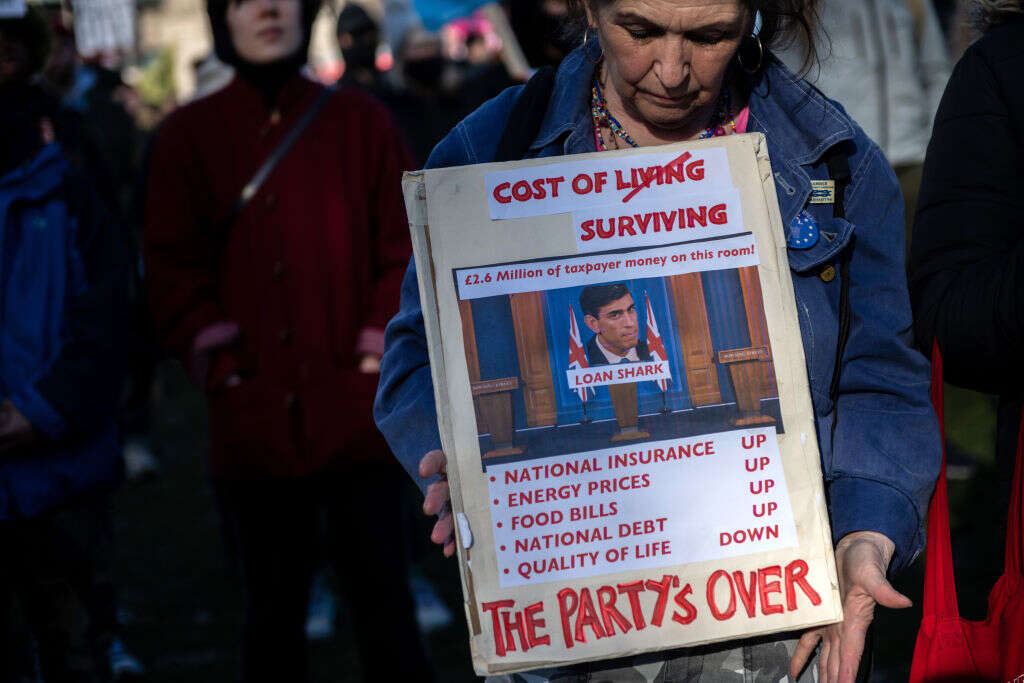
This year has been defined economically by rising inflation rates, which have fuelled the UK cost-of-living crisis and fed into fears of an oncoming recession.

That crisis has in turn fed into domestic politics, leading to a tumultuous 49 days of unstable government under Liz Truss and uncertainty to come under new Prime Minister Rishi Sunak.
During her brief premiership, Truss frequently cited the war in Ukraine as a cause of price increases – particularly in the energy market – as well as pointing to inflation rates rising internally to try and calm the tumult. But how unique is the UK’s situation?
What is the UK’s inflation rate?
As of September 2022, the Consumer Price Index (CPI) – which is commonly used to measure inflation – is sitting at 8.8% according to the ONS, the highest level since December 1990. That peak inflation rate was swiftly followed by a recession that lasted until 1992.
The sharp increase in inflation over 2022 has triggered rising interest rates amid what has been commonly called the “end of the era of free money”, referring to the fact that borrowing is no longer possible with near-negligible costs.
That is the case for individuals, businesses and even the government, meaning that we are likely to see further austerity measures akin to the Cameron-Osbourne government in an effort to tighten the national purse strings.
How do global inflation rates compare?
Liz Truss was correct when she pointed out that inflation rates are high across the globe. Excluding triple-digit outliers such as Sudan, Venezuela and Zimbabwe, inflation rates in parts of eastern Europe, central Asia, Africa and South America are increasing well into double digits.
In fact, there are few areas where inflation remains low, with China and Japan principal among them at 2.2% and 2% respectively.
However, many of the regions that have seen particularly high inflation are considered developing or emerging economies or are experiencing periods of political, economic or even military upheaval.
Instead, when compared with similarly developed nations in the G20, the UK appears to stack up less favourably.
Only four countries – Turkey, Argentina, Germany and Italy – are seeing greater levels of inflation than the UK. It is also one of only four G20 countries with energy price inflation above 40% (excluding Argentina, which lacks sufficient data).
When comparing with other major advanced economies in the G7 – namely Canada, France, Germany, Italy, Japan and the US – the UK sits nearly two percentage points above the average with 9.1% compared with 7.2% for the group as a whole.
So while the UK is dealing with global inflationary pressures, it is clear that when compared more closely with similarly developed economies, it is seeing inflation rates above what may be expected.
[Read more: How rising energy bills are hitting people on prepayment meters]






